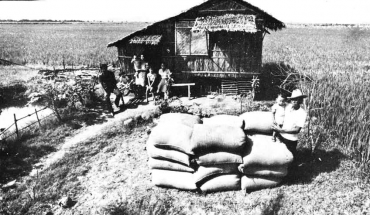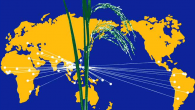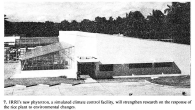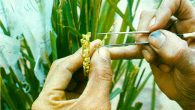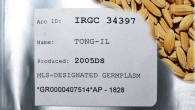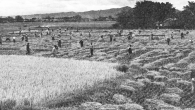We now know that conservatism—the reluctance of farmers to accept new ideas—only partly explains the low adoption of the new rice technology. The primary reason is that the new varieties are out of place in most of the diverse ecological situations under which rice is grown. Fortunately, the marked genetic...
TRENDING Topics

